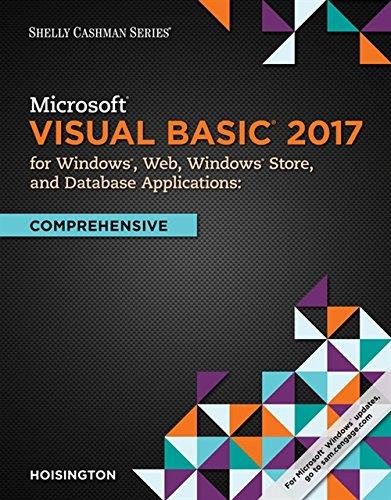Question
1) There are two (2) employees updating the same database, at the same time. Both are working remotely, and inputting remote data of the same
1) There are two (2) employees updating the same database, at the same time. Both are working remotely, and inputting remote data of the same type. They are both uploading vehicle years, makes, models, and other vehicle data. What could happen:
a) Nothing...if the database considers each entry different.
b) Similar items could be overwritten unless the employees have a system in place to check for that.
c) They could do the same work, slowing down the process
d) The database could become broken with more than one person trying to access it at the same time.
e) All of the Above
2) How could a developer pull an image from a database?
a) A developer can save the image names in the database, and save the images in the same directory, and based on the image names/variables provided, pull those images.
b) A developer can import the images into the database itself, for example as a "blob," and search the database when needed.
c) Both Are Correct
3) Which of the following is a benefit of NoSQL?
a) They are more scalable and provide superior performance
b) They address Agile sprints, quick schema iteration, and frequent code pushes
c) They address Object-oriented programming that is easy to use and flexible
d) They address Large volumes of rapidly changing structured, semi-structured, and unstructured data
e) They address Geographically distributed scale-out architecture instead of expensive, monolithic architecture
f) All of the Above
4) Which of the following is a NoSQL feature?
a) Document Databases
b) Graph Stores
c) Key-Value Stores
d) Wide-Column Stores
e) All of the Above are NoSQL Features
Step by Step Solution
There are 3 Steps involved in it
Step: 1

Get Instant Access to Expert-Tailored Solutions
See step-by-step solutions with expert insights and AI powered tools for academic success
Step: 2

Step: 3

Ace Your Homework with AI
Get the answers you need in no time with our AI-driven, step-by-step assistance
Get Started


